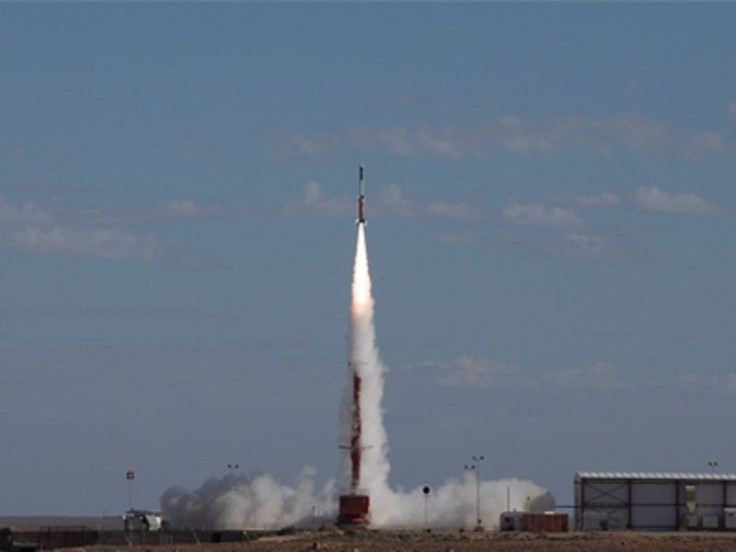Australian & US military scientists successfully test hypersonic jet that would cut travel time from London to Sydney to just 2 hours

Australian and US military scientists successfully tested on Wednesday an engine that would redefine hypersonic travel. The test hit the target speed of Mach 7.5, an improvement from the Mach 4.5 achieved by an Airbus in August 2015.
The HiFIRE 5b flight is part of the Hypersonic International Flight Research Experimentation Program, a joint effort between the Defence Science and Technology Group and the US Air Force Research Laboratory. Boeing and the University of Queensland provided expert technical design and analysis.
The Airbus hypersonic jet flew Paris to San Francisco in three hours. Because the Mach 7.5 is more than seven times the speed of sound, it means travel between London and Sydney could be done in only two hours, reports The Telegraph.
Alex Zelinsky, the chief Australian scientist working on the project, says the team plans to hold 10 more trials on the rocket, run by a supersonic combustion engine which uses oxygen for fuel. It was first tested in 2009, while the next test is slated in 2017. Target launch is 2018.
“It is a game-changing technology identified in the 2016 Defence White Paper and could revolutionise global air travel, providing cost-effective access to space,” explains Zelinsky.
The test was held at the Woomera Test Range in South Australia. The rocket reached the target speed of 5,760 miles an hour and the altitude of 279 kilometres. A minimum speed of Mach 5 is needed for a jet to be considered hypersonic.
Besides flying long distances over the Earth very, very quickly, flying on a Mach 7 speed would be “very useful as an alternative to a rocket for putting satellites into space,” says Michael Smart, hypersonic expert from the University of Queensland.
Other groups are also developing hypersonic jets. The Antipode aims to reduce travel time between New York and London to only 11 minutes at 12,427 miles an hour. Airbus has applied for a patent for Concorde 2 that would cut travel time across the Atlantic to one hour, which Spike Aerospace plans to fly in less than four hour using a 12- to 18-seater supersonic private jet it unveiled plans in 2015.





















